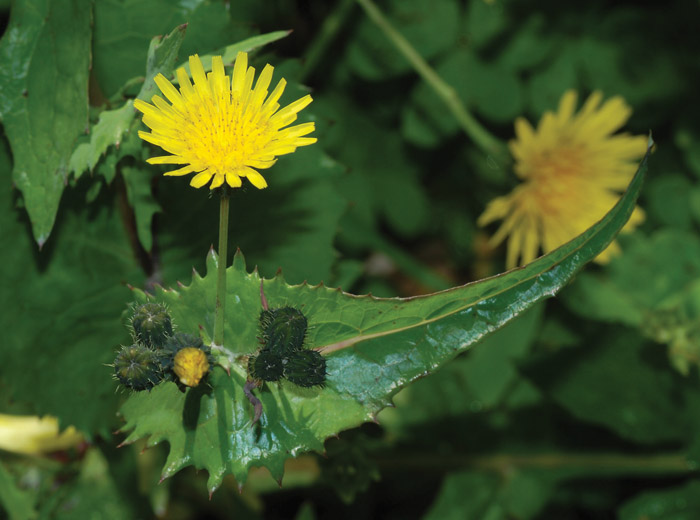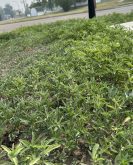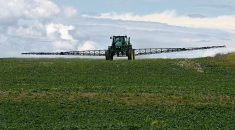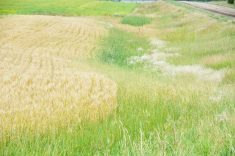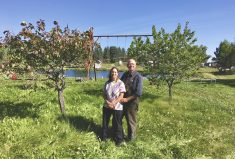Herbicide resistance is like a forest fire — only you can prevent it.
That was the message from weed scientist Linda Hall, who said producers need to step up to prevent a situation like that in the U.S. where glyphosate-resistant weeds are now epidemic in corn, soybeans and cotton crops.
“It’s easy to say that Roundup Ready crops cause Roundup Ready weeds, but in fact that’s not what happens,” the University of Alberta professor told FarmTech attendees.
The problem is overuse of the herbicide as well as not using an appropriate tank-mix partner or full rates of application.
Read Also

Roundup retraction makes public trust ripples
A foundational study on glyphosate safety was recently retracted, while Roundup maker Bayer has already said it may ditch the key agricultural herbicide after lawsuits piled up.
“You need to do everything to control those weeds, including spraying when those weeds are young,” she said.
Studies in the United States have shown that mixing herbicides in the tank is better than using them in sequence.
Weakly resistant weeds often survive in the perimeters of fields because they receive lower doses of spray because end nozzles aren’t delivering a full rate. Field perimeters don’t get the overlap from the double nozzle, and receive one-third of the rate of the rest of the field.
Best practices
Hall also told producers to lengthen their rotations, scout early, and get on top of weed patches in their fields before they become well established.
Researchers are currently looking for more herbicides to mix with glyphosate as glyphosate resistance continues to rise.
“What we’re really thinking about is a tank mix or multiple applications and that has to include soil-applied herbicides,” said Hall.
Finding a tank mix is not easy, especially in crops like canola. Both components of a tank mix have to be effective, as wild oats, green foxtail and cleavers have already developed resistance to Group 1 and Group 2 herbicides.
“I’m really keeping an eye on annual sow thistle, which has just been identified as glyphosate resistant in the U.S.,” said Hall. “If we have that one blowing around, it’s already resistant to Group 2s in Alberta.”
Back to the future?
There are approximately 7.7 million hectares of resistant weeds across Western Canada, said Hall. And since there haven’t been any new herbicides developed since the 1990s, researchers are going back into the vault to see if any older chemical compounds could be mixed with glyphosate to slow resistance.
Hall and other Alberta researchers have started to look at Group 14 and Group 15 herbicides. These can be applied in fall or as pre-emergents in the spring, and fit well into direct-seeding systems.
Because these herbicides are soil applied, they are affected by organic matter, soil moisture, and soil texture. They are also residual herbicides, so producers need to watch their recropping restrictions. Group 14 and 15s can be used in a variety of crops, including wheat, peas and sunflower, to combat cleavers and wild oats.
“If we get a dry spring, these things get held up in the soil and they’re not effective,” said Hall.
In order to make the herbicides work in a tilled field with deep seeding conditions, an enhanced rate of application may be necessary.
Researchers are currently investigating non-herbicide-related weed management strategies, such as inter-row tillage and weed seed harvesting.


